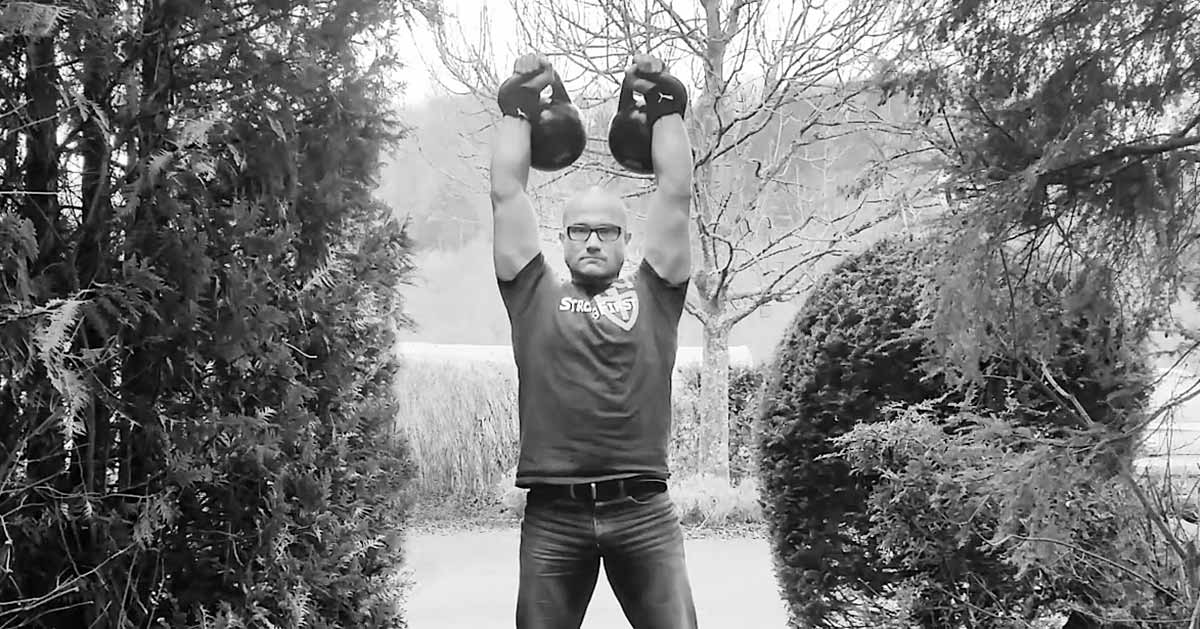oab
Level 6 Valued Member
I recently re-read the ES book as I hadn't looked at it for a while. Some thoughts on topics for the revised ES book:
1. Updating in the light of new information both from the literature and practical experience would be great (and I am sure is what is intended).
2. How general ES training should evolve over the lifespan especially in regard to how the aging athlete can\should modify training in order to stay in the game and continue to progress for as long as possible, as safely as possible. [NB note that the Quadrants sections already covers the younger years and the transition from youth to adult (and GPP to SPP) - the main gaps I see are for the aging athlete]
3. Recovery - recovery factors, assessment of recovery, programing modifications to help optimise health and progress allowing for the amount of recovery at a given point in time. Further discussion regarding the balance between ES and sport or other activities.
4. GPP and generalist supplementary training of ES including but not limited to:
- aerobic\ A&A\LISS type training and programing.
- general mobility and general flexibility exercises compatible with ES training, or enhancing it and programing of said exercises. (I say "general" recognizing that diagnosis and prescription of individualised correctives are not possible in such a book).
- grip, neck and calves supplementary ES would be interesting. Noting that it is already covered in Resilient DVD, Beyond Body building and mentioned here and there in some of the other books\DVDs.
NB Item 4. might be done as a new chapter\section on Supplementary training.
5. Further discussion of training for health vs training for performance.
6. ES training for martial artists with guidance for "strikers" vs "grapplers". Perhaps done as a chapter\section or as one of several examples in a chapter showing application to sports. It seems clear that there are quite a lot of martial artists interested in applying ES type approaches as there are a lot of similar questions and themes come up on the SF forum. [NB I note that the "old" ES has information for martial artists of various categories scattered through out it, however, drawing together that information into one spot and updating it in view of changes in literature knowledge and practical experience would be great. A review of the index makes this clear]
7. There is an index in the current version. Please put an index in the revised version. In a book of this type it is very helpful.
I look forward to reading the revised edition of ES.
1. Updating in the light of new information both from the literature and practical experience would be great (and I am sure is what is intended).
2. How general ES training should evolve over the lifespan especially in regard to how the aging athlete can\should modify training in order to stay in the game and continue to progress for as long as possible, as safely as possible. [NB note that the Quadrants sections already covers the younger years and the transition from youth to adult (and GPP to SPP) - the main gaps I see are for the aging athlete]
3. Recovery - recovery factors, assessment of recovery, programing modifications to help optimise health and progress allowing for the amount of recovery at a given point in time. Further discussion regarding the balance between ES and sport or other activities.
4. GPP and generalist supplementary training of ES including but not limited to:
- aerobic\ A&A\LISS type training and programing.
- general mobility and general flexibility exercises compatible with ES training, or enhancing it and programing of said exercises. (I say "general" recognizing that diagnosis and prescription of individualised correctives are not possible in such a book).
- grip, neck and calves supplementary ES would be interesting. Noting that it is already covered in Resilient DVD, Beyond Body building and mentioned here and there in some of the other books\DVDs.
NB Item 4. might be done as a new chapter\section on Supplementary training.
5. Further discussion of training for health vs training for performance.
6. ES training for martial artists with guidance for "strikers" vs "grapplers". Perhaps done as a chapter\section or as one of several examples in a chapter showing application to sports. It seems clear that there are quite a lot of martial artists interested in applying ES type approaches as there are a lot of similar questions and themes come up on the SF forum. [NB I note that the "old" ES has information for martial artists of various categories scattered through out it, however, drawing together that information into one spot and updating it in view of changes in literature knowledge and practical experience would be great. A review of the index makes this clear]
7. There is an index in the current version. Please put an index in the revised version. In a book of this type it is very helpful.
I look forward to reading the revised edition of ES.

